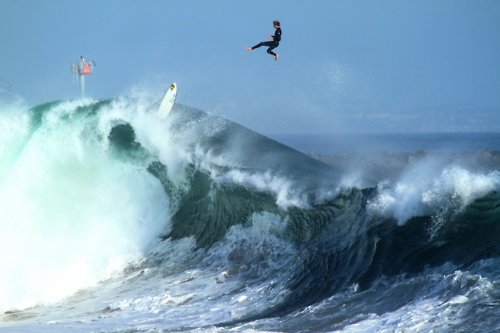https://www.sciencemag.org/news/2014/04/elite-violinists-fail-distinguish-legendary-violins-modern-fiddles
"Modern fiddles"?
What's the difference between a violin and a fiddle?
No one cares if you spill beer on a fiddle.

"Modern fiddles"?
What's the difference between a violin and a fiddle?
No one cares if you spill beer on a fiddle.








